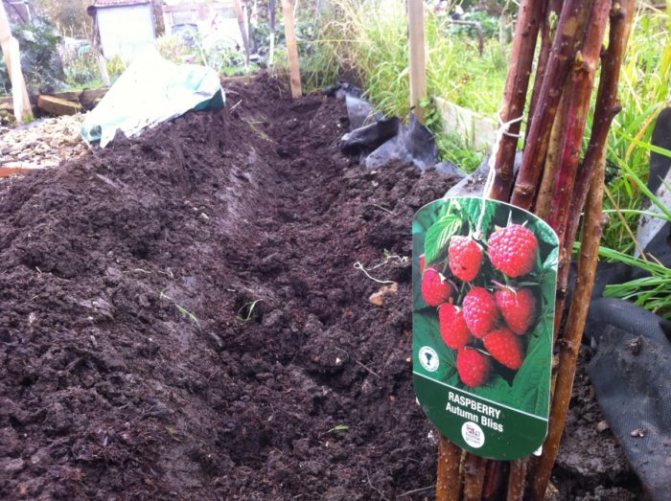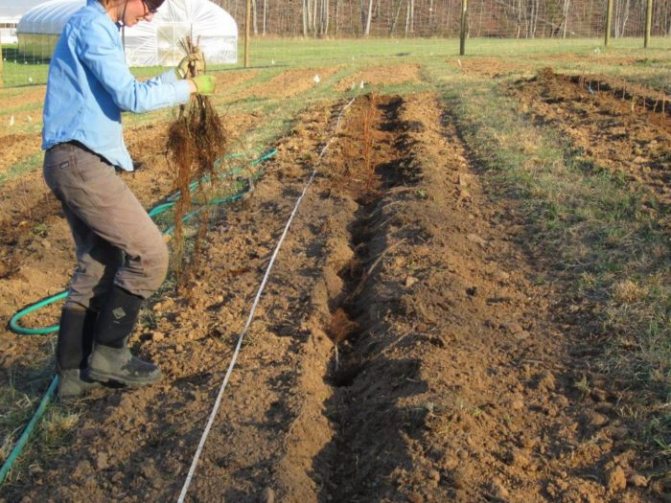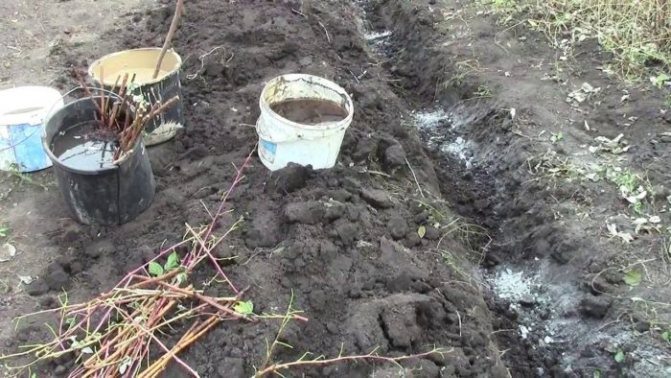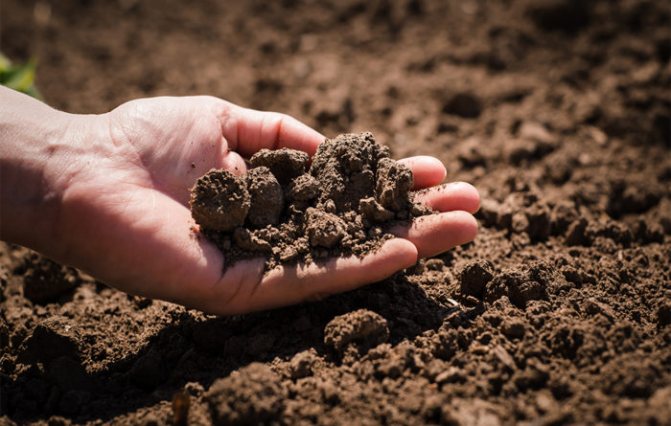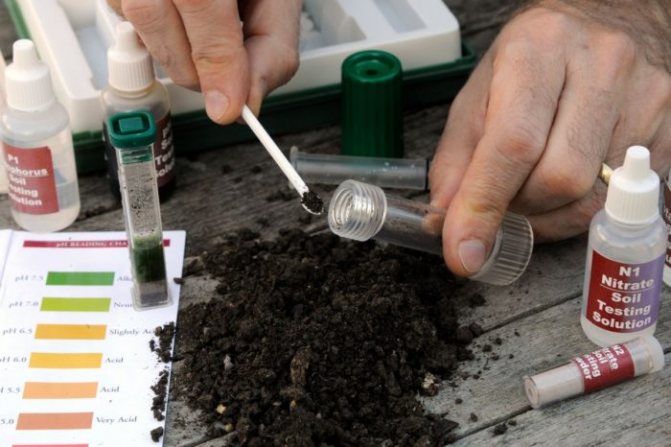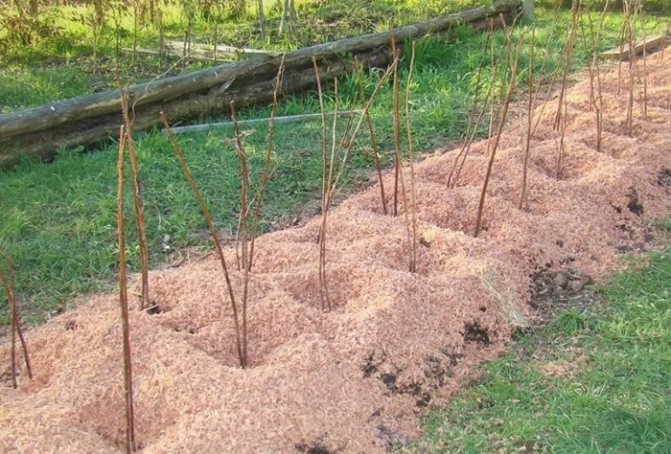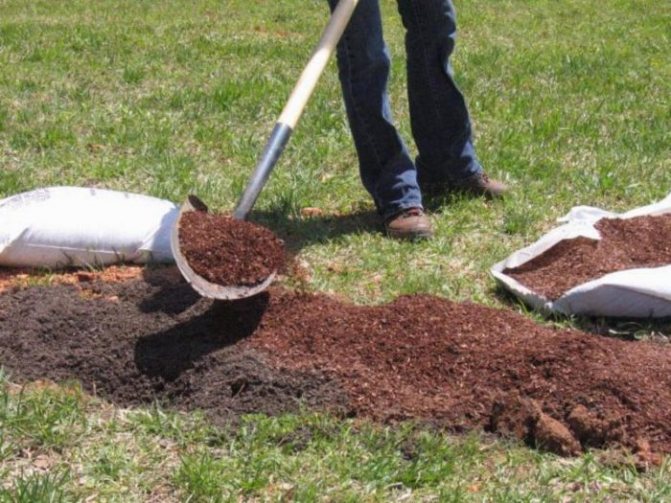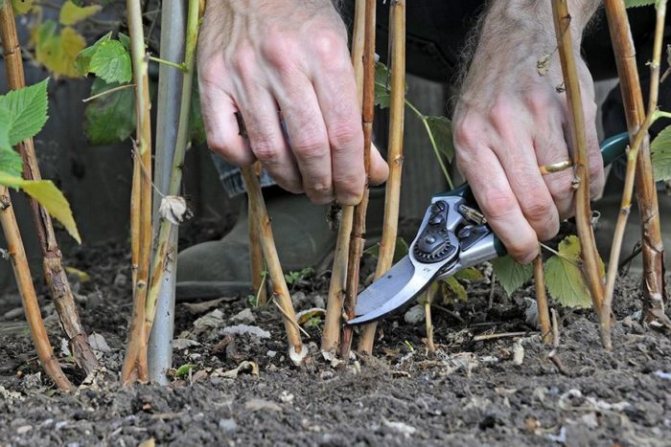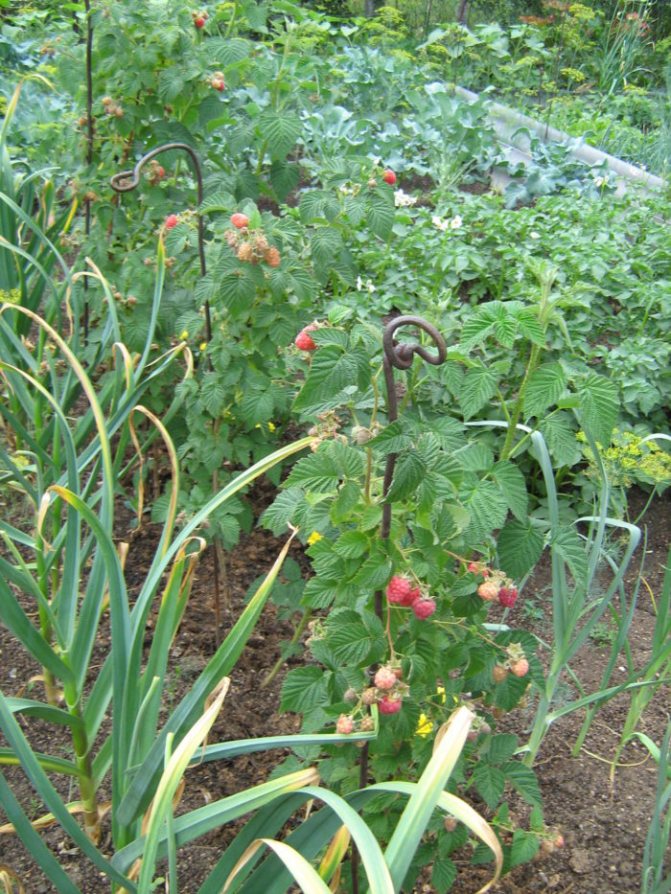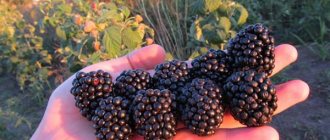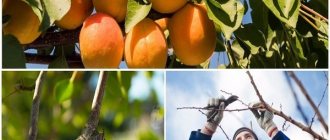Raspberry is a shrub with perennial features. The stems grow for 2 years, like in perennial grasses, but the root system develops over several years, like in shrubs. The root system grows 2 m wide and belongs to the surface type. The germination depth is no more than 0.4 m. Individual root processes can penetrate 1-1.5 m in depth. This only happens in extremely difficult growing conditions, when raspberries are forced to independently search for an additional source of nutrients.
Features of raspberries when choosing soil
The characteristics of the root system determine the requirements for the soil. First you need to decide what kind of soil raspberries love: acidic or alkaline. The optimum level of soil acidity for raspberries is in the range of 5.7-6.5 Ph. With a decrease in this indicator, the yield of the bushes decreases, and the taste of the berries deteriorates, they become smaller and become sour. Special attention should be paid to the water regime, since the soil for raspberries should always be moistened, while stagnation of water should not be allowed. By its structure, the soil should be loose, saturated with fertilizers.

Soil for raspberries
Having decided what kind of soil is needed for raspberries, you can start diagnosing the garden plot on which you plan to plant. After determining the soil characteristics in the garden, one can draw a conclusion about why raspberries do not grow on the site, and take measures to improve the composition of the soil or change the place of planting of raspberry bushes.
Video
Even a gardener without experience can get a good harvest of raspberries on his backyard. The main thing is to choose the right place that is optimal for this berry. The type of soil and its nutritional value are of paramount importance. If it turns out that the soil is not suitable, it must be properly corrected. This article is about what kind of soil should be for raspberries, and how to improve it.
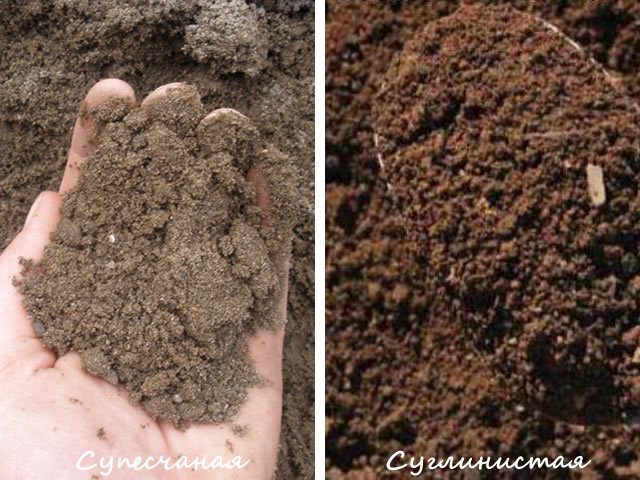

Methods for determining the acidity of the soil
Instrument - tester
What soil does garlic like?
In the modern world, many gadgets have been developed that solve different problems. For summer residents, a Ph-meter was invented - this is a technical means for determining the acidity of the soil. The device is quite simple: a handle with a screen on which the values are displayed, and a probe that plunges into the ground. The filling of the device is not so simple and consists of a probe - an electrode. Before use, the dipstick must be wiped with a dry cloth.
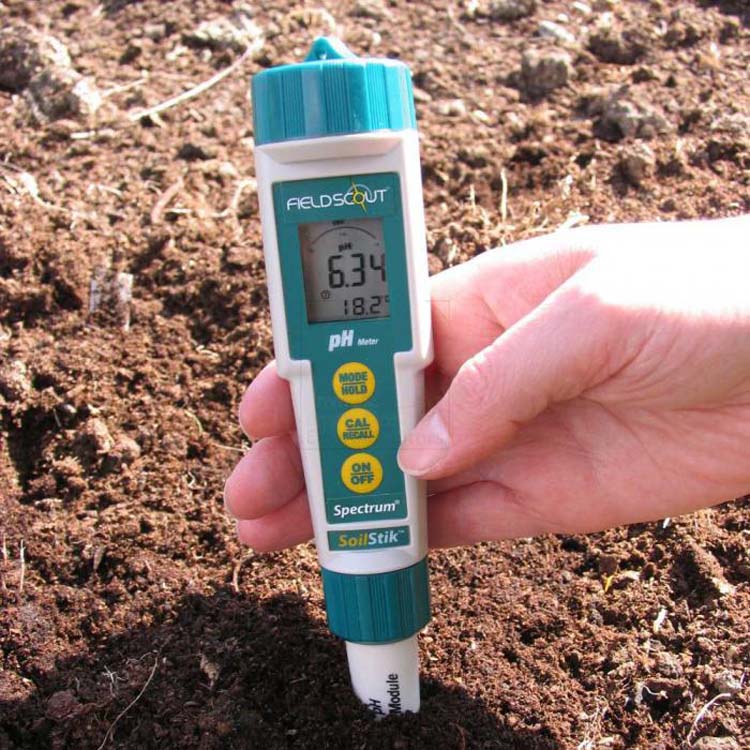

Soil acidity meter
It's important to know! The test area and the instrument itself must not be touched with bare hands, as this will affect the test result.
The probe must be lowered into the ground, after which the value will appear on the screen:
- Less than 7 Ph - acidic,
- 7 Ph - neutral,
- More than 7 Ph - alkaline.
Litmus paper
The test, known since school times, nevertheless, does not lose its relevance. To do this, you need to take earth and distilled water, stir them until a mushy texture. This mixture must be left for a quarter of an hour, then repeat the procedure and leave for another 5 minutes. Over time, heavy components will settle to the bottom, and a liquid will remain on the surface, into which litmus must be immersed.Typically, there is a diagram on the package that shows the acidity level and the corresponding color of the paper after the test:
- Red - the acid level is very high;
- Orange - medium acidic soil;
- Yellow color - slightly acidic composition;
- Light green color - neutral value;
- The bright green color is alkaline soil.
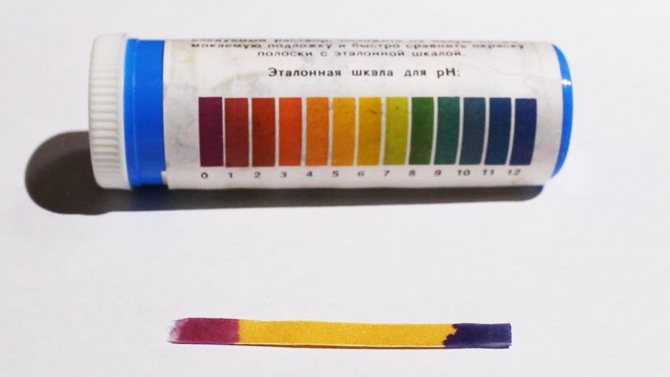

Litmus paper
Natural indicator
Define content acids in the soil intended for planting raspberries, it is quite possible with the help of plants that prevail on the site:
- Field bindweed, alfalfa, and wheatgrass grow in large numbers on alkaline soils;
- Sour soil is the optimal habitat for plantain, cornflower, horsetail, buttercup;
- The neutral environment is favorable for clover, coltsfoot, burdock.
Currant leaves will help determine the acidity of the soil for raspberries:
- Pour boiling water over fresh leaves for 15 minutes;
- Remove the leaves, cool the infusion;
- Take a lump of earth and place in the broth. The acidic soil gives a reaction and the infusion turns red. The infusion turns green from neutral soil, and blue from alkaline soil.
Soil moisture, control methods
What kind of soil does black currant like
The land for growing raspberries should be moderately moist. Excessive moisture is permissible at the time of the formation and ripening of berries. For plantations of raspberry or blackberry bushes, it is beneficial to use drip irrigation. For competent planning of the irrigation system, instrumental methods are used.
The Soil Tensiometer is a tool for determining the moisture level in the soil. Consists of a pressure gauge and a tube with a ceramic probe. You need to take measurements after watering, setting the device in the midst of plants and immersing the tube to the depth of root germination. The counter readings are taken in the morning. For ease of measurement, the pressure gauge is divided into multi-colored zones:
- Red zone - dry soil, urgent watering;
- Yellow zone - lack of moisture, additional moisture is required;
- Green zone - optimal moisture content;
- Blue zone - excess moisture.
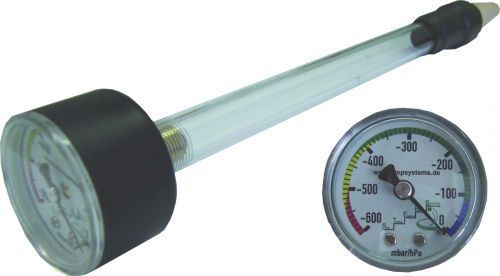

Soil tensiometer
The prevailing plants on the site also show soil moisture. Willow, alder, reed, willow grow on the ground with excessive moisture. Thyme, saxifrage, sedum grow best on dry and scarce soils.
Preparing the soil for planting involves changing the composition of the soil. Heavy lumpy soil is mulched with peat and / or sand. The composition of excessively loose, low-fertile soils is enriched by the introduction of organic matter.
Don't forget about the garter
For easier harvesting, you should also tie up raspberry bushes. To do this, the rows are simply fenced off from all sides so that they do not fall under their own weight - sometimes the stems are up to two meters long.
The procedure is quite simple and does not need to be updated annually. At the edges of the rows, metal rods or reinforcement are dug in or driven in. At a height of about 120 centimeters, a wire is stretched - galvanized, made of stainless steel or aluminum. Thanks to this, raspberries will always stand strictly upright, and harvesting will be greatly simplified - you do not have to lift each bush with one hand in order to pick berries with the other.
Increasing fertility by mulching
Sapropel
How to acidify the soil for blueberries
Sapropel is a natural organic fertilizer consisting of plants, living organisms and soil located at the bottom of a fresh water body. Sapropel is formed for several decades, then it is removed to the surface and dried, resulting in a powder. Mulching the soil with sapropel makes the soil looser and more fertile. The optimal layer is considered to be 3 cm. The maximum effect of using this fertilizer is achieved on clay soils.
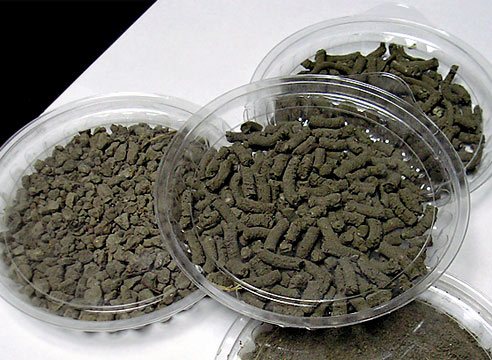

Sapropel
Purchased soil
In some cases, the most budgetary and effective option is to change the soil composition by adding purchased soil. When you need a completely prepared soil, you can choose the brand "Garden Trommel". To enrich scarce soils or improve the characteristics of garden soil, you can use 100% black soil or black soil “AGRO line”.
Earthworms
The benefits of the vital activity of worms have been known for a long time. They loosen the soil and increase fertility. To breed worms, you need to take a container and fill it with manure, plant remains. In this mixture, you need to add adults, fry and a cocoon in a ratio of 8: 1: 1. In the course of their vital activity, the worms will process the mixture into nutritious vermicompost.
Traditional methods: organic fertilizers
- Manure is used both fresh and rotted. Fresh can burn plants, so it is brought in in the fall (in the second decade of October) - 5 kg / m2. Overripe manure is safe and can be applied in the spring before planting. Consumption rate - 3 kg / m2. Compost is made from manure by mixing it with peat 1: 3. This preparation is done in the fall, and is brought in during the spring planting, in the first half of April, when the soil dries out;
- Ash is a valuable potassium-phosphorus fertilizer, enriches the soil, and this contributes to obtaining a high yield, the berries have a rich taste and aroma. In addition, ash has a neutralizing effect. Application rate - 0.3 kg / m2. Application period - after flowering;
- The shell is an effective loosening agent in soil, especially in clayey soil. It is also able to reduce the acidity of the soil. Consumption - 0.2 kg / m2;
- Bird droppings, like manure, come in two forms. Fresh manure is also recommended to be applied in mid-October (0.5 kg / m2), and rotted - in mid-April (0.3 kg / m2).
Regular pruning
Knowing how to plant raspberries correctly, you also need to have an idea of caring for them. Pruning is an integral part of it. It should be carried out every year in the spring, before the buds swell and the active movement of the juice begins.
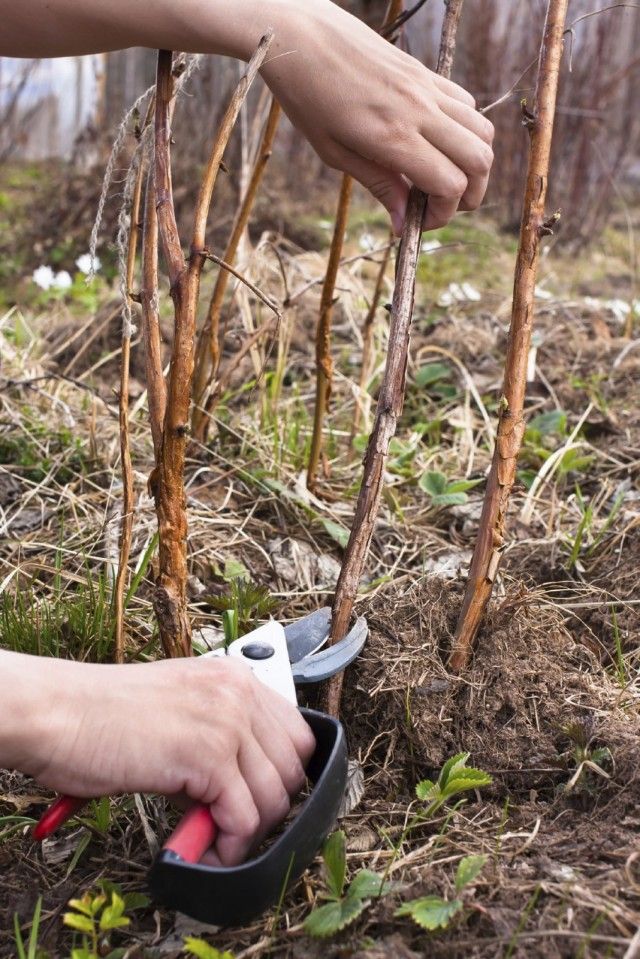

Most often, the extra stems are cut right at the base - only one or two of the strongest, healthiest ones remain. Then the number of berries will be less, but their size will be much larger. Therefore, the amount of berries harvested will hardly change, but the harvesting process will be significantly simplified. You can also cut off the side shoots to keep the bushes flat and not turn into impassable thickets.
Improving the soil in different regions
In the Central and North-West regions, there are mainly heavy soils that require the introduction of loosening compounds. Sand and peat work well. There is no need to acidify the soil, as the acidity level ranges from normal to strongly acidic. It is beneficial to make eggshells.
In the southern regions, on the contrary, the priority is the task of acidifying the soil. The quality of the soil is high, chernozem prevails. Sapropel and potassium are suitable as fertilizers.
The soils of the Siberian region and the Urals are considered ideal for growing raspberries.
The main recommendation for improving the quality of the soil is the introduction of organic fertilizers (manure, compost, ash). The structure, acidity and moisture of the soil comply with the norms for growing raspberries, so maintenance will not cause much trouble. Forest soddy-podzolic soils are well suited for all raspberry varieties, including the exotic Cumberland variety.
Errors in soil preparation
- The wrong site is selected. Raspberries develop well when exposed to the sun or in partial shade. The shade negatively affects the amount of the harvested crop. In addition, the lack of a sufficient amount of light leads to crushing of the berries;
- Planting on clay soils. Why does raspberry grow poorly in such soils? Clay is not only a heavy, dense soil. It causes stagnant water. Raspberries do not like such conditions.Therefore, choosing a clayey area is not worth it. If there are no other options, then you need to carry out thorough work to change the structure of the soil: add drainage, mulch with light soils, loosen the ground well, dig up the site in the fall;
- Uncontrolled plantings. Raspberries grow very quickly. Small shoots take up a lot of strength and nutrients, but do not give a decent harvest. In addition, the overgrown area is difficult to process. Therefore, you need to monitor the growth of raspberries and constantly remove excess shoots;
- Unregulated soil acidity. Every gardener who wants to get a good harvest of raspberries should carry out the procedure for determining the acidity. In addition, acidified soils are a favorable environment for the development of fungal diseases;
- Planting raspberries in an old uprooted area is a gross mistake of gardeners. In the old place, after removing the bushes and roots, all diseases and pests remain, the soil is depleted, which is why the new raspberry does not take root on the site. It is possible to break a raspberry tree in the place of the old one no earlier than after 6 years.
Raspberries, like remontant strawberries and grapes, place special demands on the quality of the soil. To get a good harvest, you need to thoroughly prepare: study the composition of the soil, analyze its structure, based on the collected data, take measures to improve the quality of the soil. Compliance with the norms of soil acidity and moisture, as well as timely feeding will give an excellent result.
Why you need to take a responsible approach to planting raspberry seedlings
A richly fruiting raspberry tree is the dream of many gardeners. To get a decent harvest every year, you need to act for the future:


- choose a sunny place on the site, open on all sides, but protected from cold winds. Insufficient illumination leads to a decrease in taste and the risk of disease. Plant raspberries in place of legumes and melons, garlic, clover (but not potatoes, tomatoes and peppers!);
- purchase varieties with different ripening periods and good characteristics (Cumberland with black-fruited, Hercules and Hussar with ruby berries, yellow-fruited variety Golden domes);
- prepare fertile soil;
- correctly form the raspberry as a whole and the bushes separately. The ideal bed for raspberries is a four-meter strip of land 0.8 m wide;
- to strengthen the supports along the entire length of the bed (at a height of 0.5 m, then every 0.3 m) to support the branches and comfortably care for the shoots;
- carry out regular watering, preferably drip (during fruiting - 2-4 times a week). Lack of moisture leads to crushing of the berries;
- feed the plants with phosphorus-potassium (from the second year of life) and organic fertilizers (as mulch);
- fight against harmful insects (raspberry glass, stem fly, weevil, kidney moth, spider mite, leaf aphid). As a preventive measure, use a low cut and timely removal of fertile stems;
- protect from frost by bending branches to the ground;
- thin out overgrowths, cut the shoots to a strong bud after harvest.


It must be remembered that dense raspberries are not a guarantee of rich berry harvests. Only competent actions of gardeners will allow to increase the harvest three times (by the third year of existence). Bookmarking a raspberry tree can be a profitable business plan.

